There’s this spot up in northern Greece where rivers twist through misty mountains, and spicy red peppers dangle in the autumn sun. Every year, the streets light up with film magic. Florina is a Macedonian border town that let me slow down, explore, and create, surrounded by breathtaking landscapes and a vibrant local culture. Here, history and art mingle, and travelers—no matter their style—can find a spark of inspiration.
I strolled along the Sakoulevas River and watched artists sketch old stone bridges. Families lounged at riverside cafés. The peppers hanging from balconies and market stalls? They’re a local treasure, famous across Greece. Every year, film lovers gather for the Florina Film Festival, drawing creative minds from all over and adding to the town’s artistic buzz.
Florina isn’t just another dot on the map. It’s a real escape if you’re craving creativity and adventure by the border. Let me show you why this unique town—with its rivers, peppers, and love for film—became my artistic hideaway.

Journey to Florina: Borders and Crossroads
Florina sits where rivers, rugged borders, and old traditions meet. Getting here means crossing land touched by Greece, Albania, and the wider region of Greek Macedonia.
Florina’s Unique Location at the Edge of Macedonia
When I arrived, Florina’s closeness to several borders hit me right away. It sits at the northern edge of Greek Macedonia, hugged by green hills and watched over by distant mountains that hint at other countries. The Prespa Lakes glimmer nearby, stretching into Albania and North Macedonia.
The borders aren’t just lines—they’ve made Florina a crossroads for traders, artists, and families moving between mountain villages or even countries. Signs and languages blend together, and you’ll hear Greek, Macedonian, and Albanian in the busy center.
Florina feels like it lives at the edge. It’s connected to the rest of Greece but always open to influences from Bulgaria, Serbia, and the whole Balkan region.
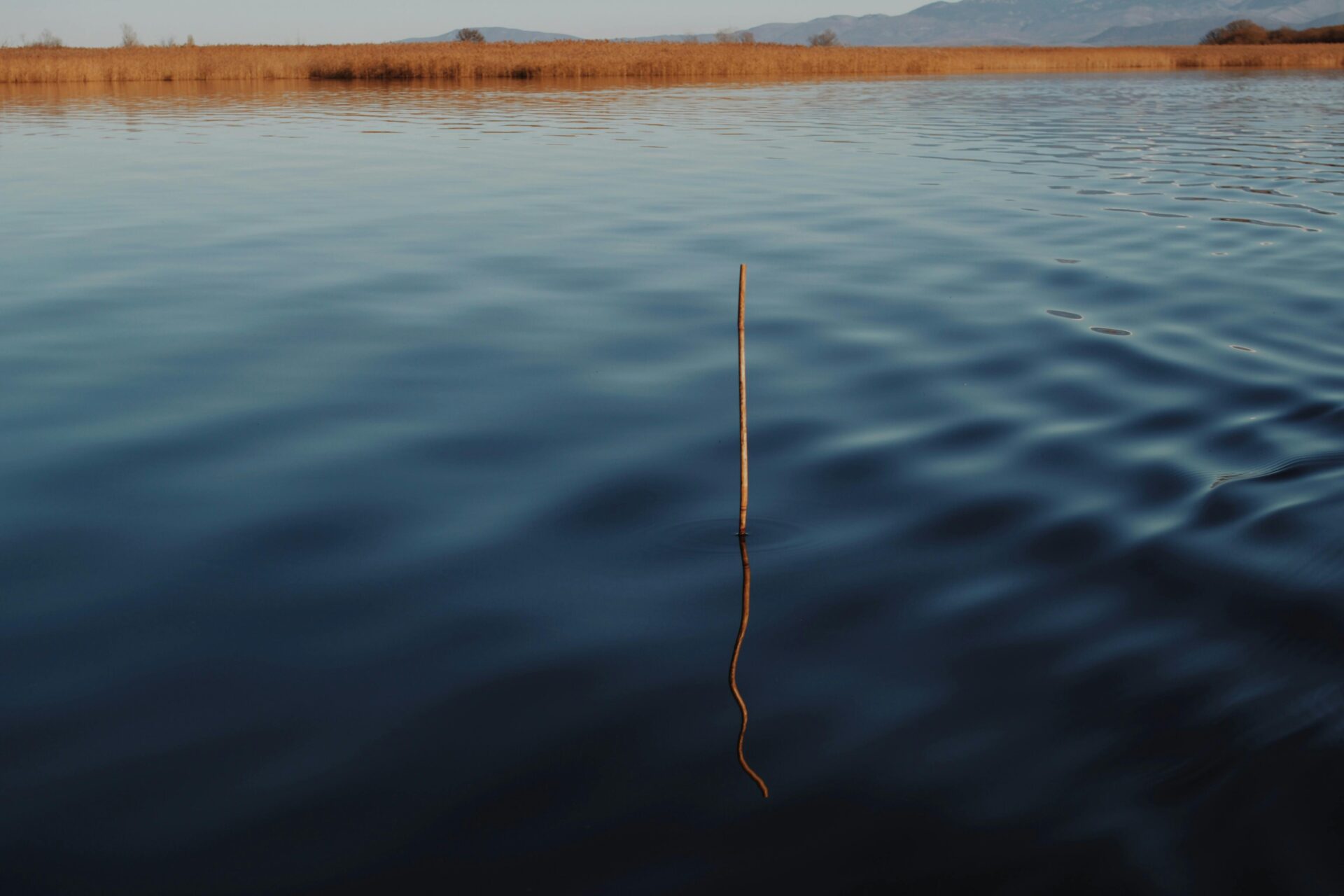
Connections with Greece and the Balkan States
Florina’s transport links honestly surprised me. Trains come straight from Thessaloniki, pulling travelers north. Buses and winding roads reach mountain villages, but also stretch to Albania and even Bulgaria and Serbia through regional routes.
On the bus, I met passengers from neighboring countries, each with their own stories. Many visit for the trade market or festivals, or just to see family scattered around the Balkans. The town’s cross-border trading hasn’t faded—open-air stalls sometimes offer cheeses and peppers from Albanian or Bulgarian farms.
This constant movement shapes Florina’s identity. Walking down the main street, I spotted influences from eastern Macedonia and up north, and there’s always something new arriving from across the border.

Arrival, Accommodation, and First Impressions
When I stepped off the old train from Thessaloniki, the station buzzed with people from all sorts of backgrounds. Locals greeted me in Greek, but I caught bits of Albanian and Slavic conversations too.
Finding a place to stay was a breeze. Cozy guesthouses and small hotels line the riverbank—a favorite for travelers. Prices felt fair, and most owners spoke some English, sharing tips about local villages or arranging rides to border crossings.
My first walks in Florina revealed bright riverside cafes and colorful murals. The center was alive with students, families, and artists. From here, adventures to mountain villages and trips to Albania or North Macedonia are easy to start. Florina felt like both a destination and a gateway.
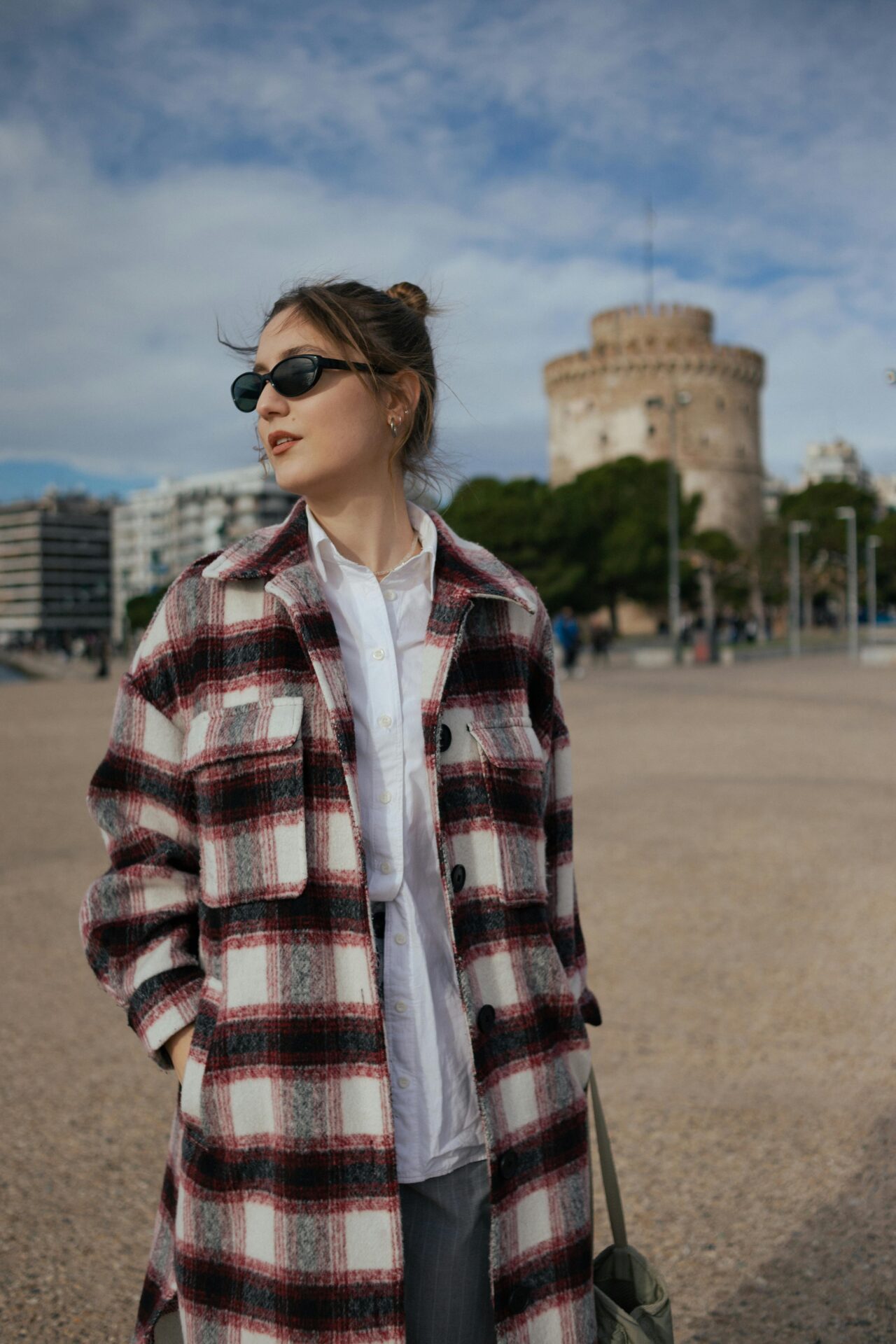
Flowing Through History: Rivers and Heritage
Florina sits at a crossroads of geography and centuries. Its rivers pull stories through town, echoing ancient footsteps and showing how borders and empires shaped this quiet corner of Macedonia.
The Lifeblood of Florina: River Walks and Bridges
When I arrived, the Sakoulevas River guided me right away. Its waters cut through town, flanked by old stone bridges where couples stroll and artists set up their easels. The riverbanks come alive in every season, especially spring, when wildflowers bloom along the paths.
There’s something special about having coffee at a riverside café, especially in the quiet morning. The sound of the water and the ducks drifting by make it easy to tune out the world. Locals call the river Florina’s heart—it connects neighborhoods and brings people together.
In the evenings, the bridges catch the light just right. It feels almost cinematic, which fits a town known for its art scene and film festivals. The river isn’t just scenery; it’s where Florina lives and breathes.
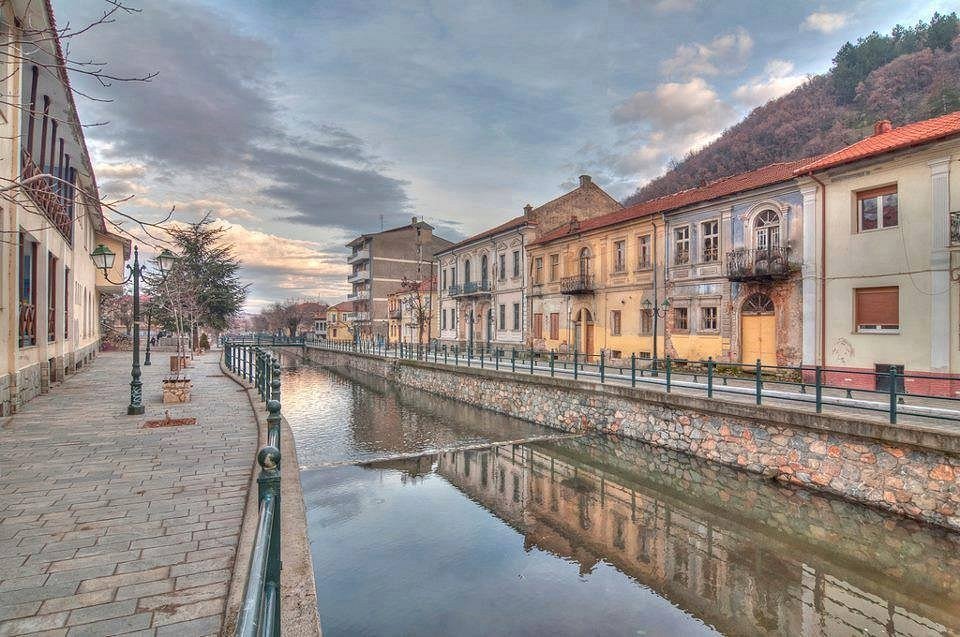
Tracing the Ottoman Empire, Byzantine Period, and Roman Road
As I walked through town, I noticed traces of the past in the stones under my feet. The ancient Roman road, the Via Egnatia, once passed nearby. Traders and travelers followed this route, leaving silent marks on Florina’s hills and valleys.
Florina still holds pieces from the Byzantine period—old churches tucked into quiet corners and little mosaics peeking out. There’s this layered feeling, like history peeks out at every turn. The long rule of the Ottoman Empire shows up in some architecture and in the way cultures blend.
A short drive took me to Heraclea Lyncestis, an archaeological site with stunning ruins. The mosaics shimmer in the sunlight, proof that empires fade but their beauty lingers. It’s like walking through a living timeline.
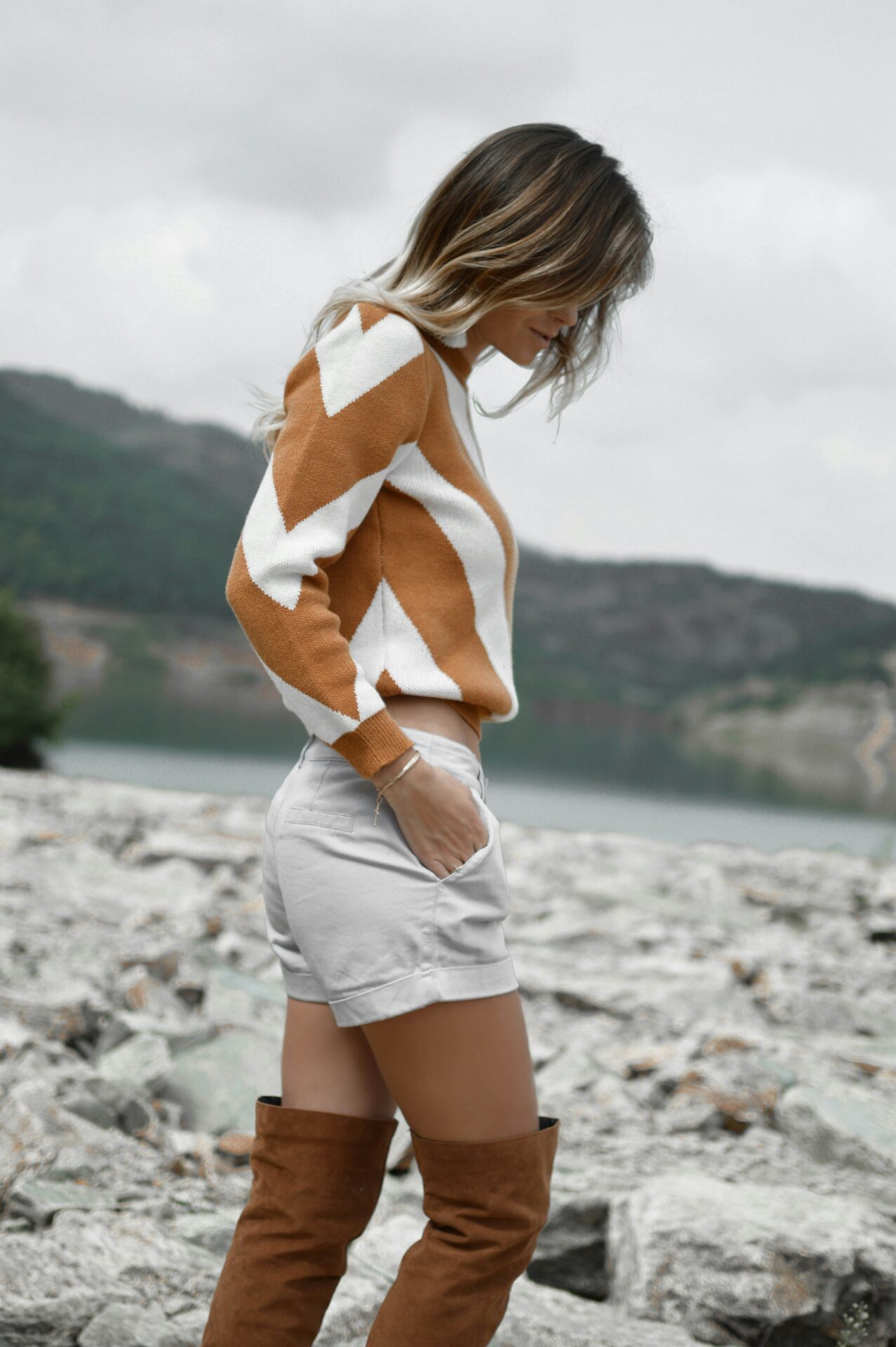
The Balkan War, World War I, and Yugoslavian Chapters
Florina’s story shifts sharply in the 1900s. During the Balkan Wars, Florina became a strategic outpost. You can still find bullet marks and old military outposts in the mountains—silent reminders of violent times. World War I brought new borders and hardship, with armies and refugees changing daily life.
After the wars, Florina landed in the shifting lands between Greece and the Kingdom of Yugoslavia. The town sits close to the border, and traces of Yugoslavian influence show up in architecture and family stories. These decades brought a sense of mixture and resilience, turning Florina into a place where cultures meet.
Today, when I cross the river or wander the streets, I feel those echoes. Florina is a peaceful retreat, but it’s also a town shaped by big changes. Every stroll through its history feels personal.
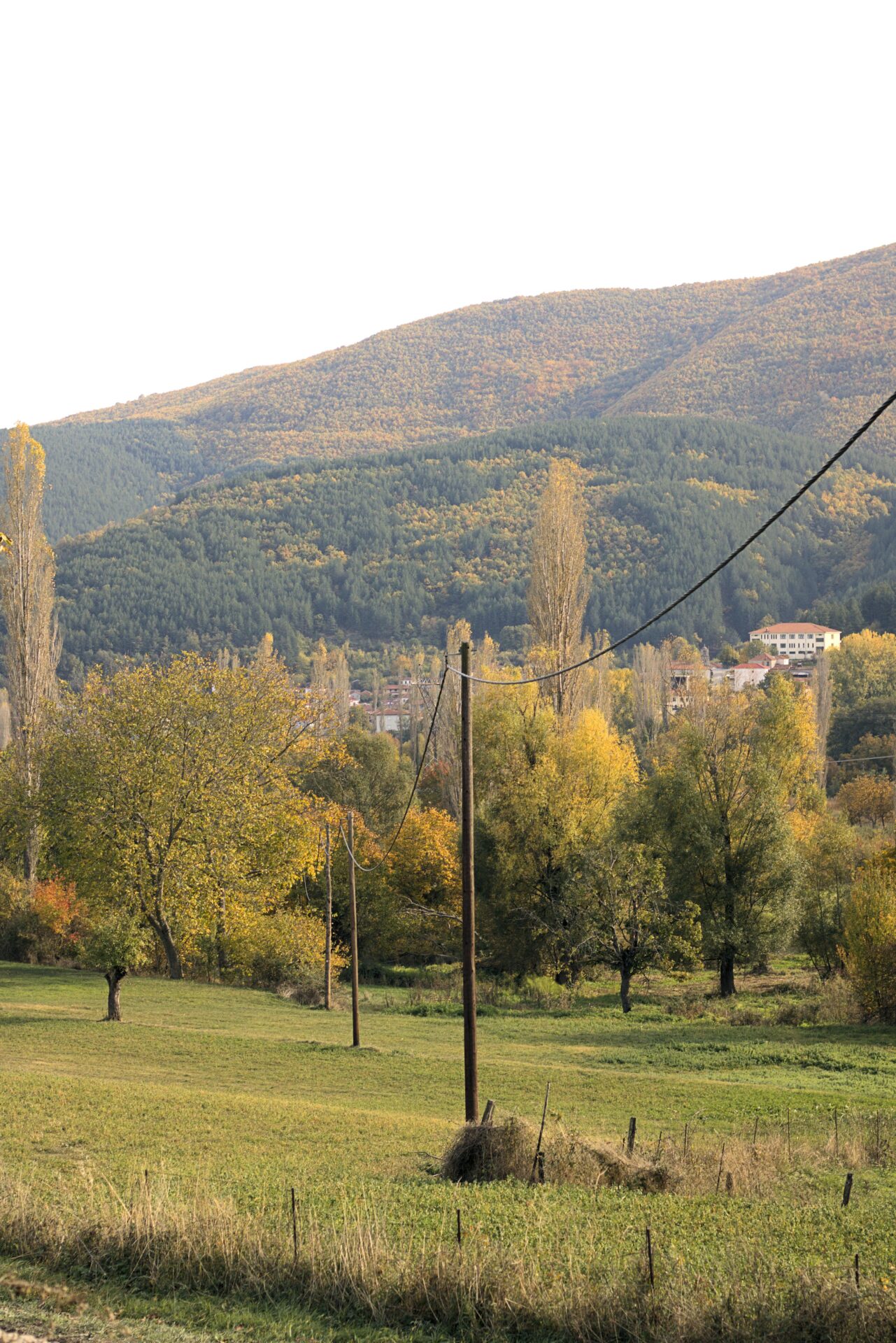
Florina’s Fiery Peppers: Culinary Adventure
On my first day in Florina, the scent of sweet peppers roasting over open flames hit me right away. This town isn’t just about rivers and festivals—its distinct red peppers have shaped local food, culture, and even trade.
Local Farms and Market Discoveries
I kicked off my pepper adventure by visiting family farms just outside Florina. Local farmers have worked these fields for generations, using eco-friendly methods to grow their prized peppers. In late summer, the fields glow with long, red pods shaped like cow horns.
At the town market, I wandered between stalls piled high with bright red peppers. Farmers eagerly described their growing process and how they sort the peppers before selling them. I found dried pepper strings and home-canned jars, making it easy to bring some of Florina’s flavor home.
Trading peppers is a big deal here. These peppers travel beyond Greece, and merchants proudly sell them as a symbol of local pride.
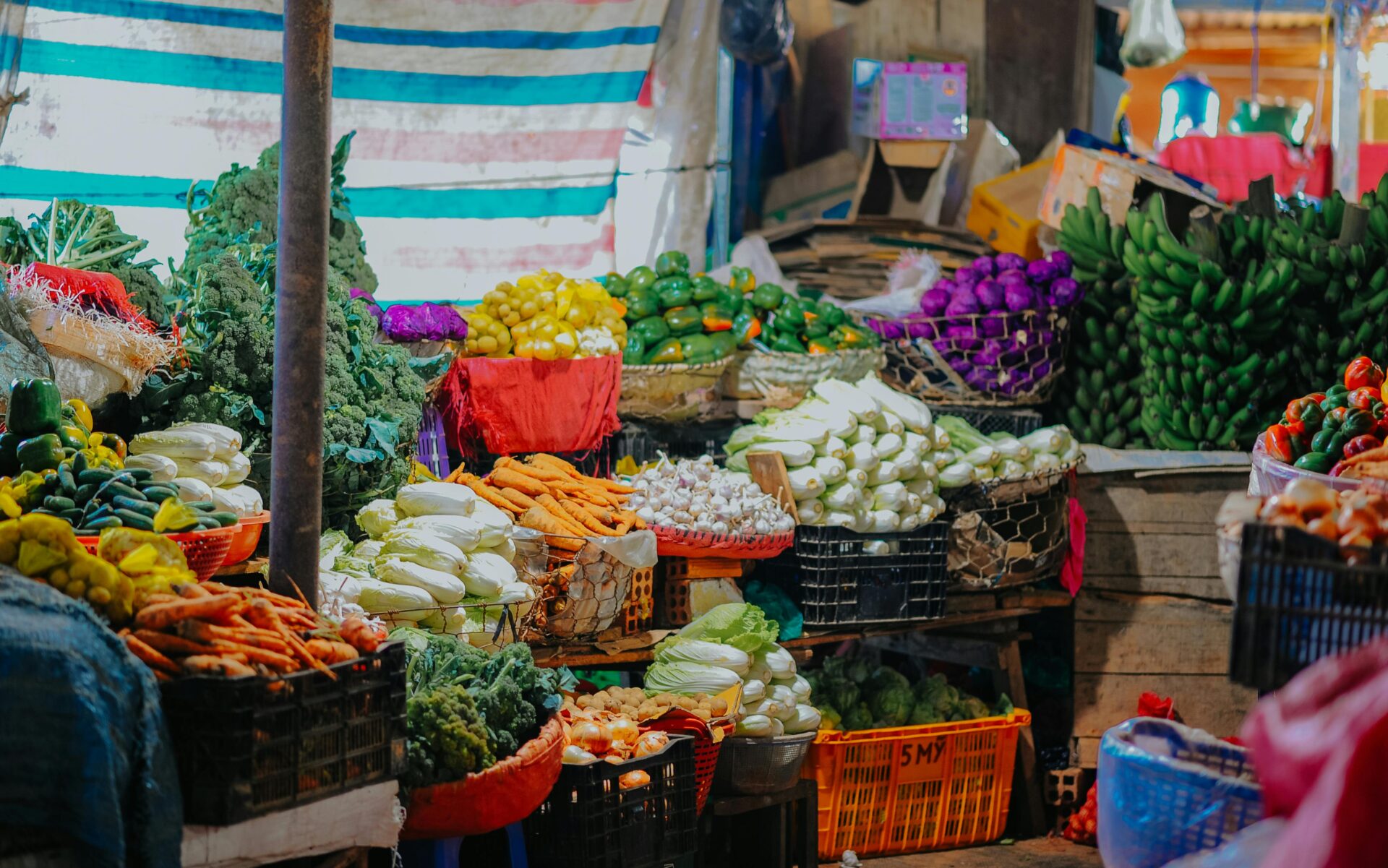
Pepper Varieties and Traditional Recipes
The signature Florina pepper starts green and ripens to a deep, sweet red by mid-August. They’re thicker and more flavorful than any others I’ve tasted. People use them fresh or preserved, and they’re the star in home kitchens and taverna menus.
Locals love to roast peppers in wood ovens or over open flames, giving them a smoky sweetness. Gemista—stuffed Florina peppers with rice and herbs—became my favorite. Grilled peppers with olive oil and sharp feta show up everywhere, from homes to festivals.
Almost every family has a secret recipe. Some make spicy relishes, others serve peppers as meze with bread. Honestly, not a meal passed without a taste of these peppers.

The Cultural Significance of Peppers in Everyday Life
Florina’s peppers aren’t just food—they’re a piece of the town’s heritage. For many farming families, pepper trading supports them all year. The harvest brings everyone together, and markets turn into lively hubs where stories and news travel fast.
Peppers pop up at every celebration, from weddings to film festival parties. During local festivals, people use peppers for decorations, not just eating. Local artists even paint still lifes with peppers, treating them as a town symbol.
Year after year, these peppers shape daily habits and help support the region. Florina’s connection to its peppers feels as strong and vibrant as their deep red color.
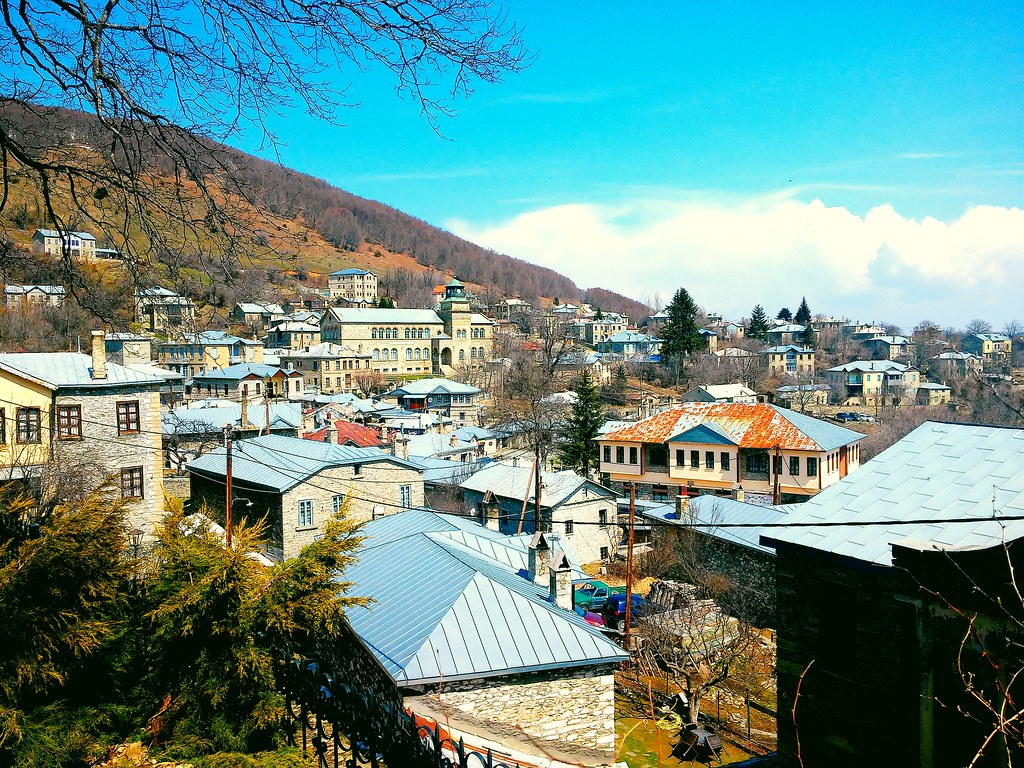
Art, Cinema, and Festivals: An Artistic Escape
Florina bursts with creativity. Local artists show their work everywhere, and film festivals give the town an extra buzz. Social media and cultural groups help keep these traditions alive and share them beyond the borders.
Florina’s Film Festival Scene
Florina’s yearly film festivals are a real treat for movie lovers. The International Short Film Festival in the city stands out. It draws filmmakers from Macedonia and beyond. Films dig into themes like Macedonian identity, daily life, and even the rivers and border culture.
I loved watching shorts in packed little theaters where filmmakers and locals chatted after every screening. The festival days felt electric. Sometimes, there are outdoor screenings by the river, especially in summer, which makes everything feel more alive.
The whole town buzzes when a local film makes it to international events, like Eurovision or other European competitions. Florina may be small, but its cinema passion is huge—and honestly, it’s contagious.
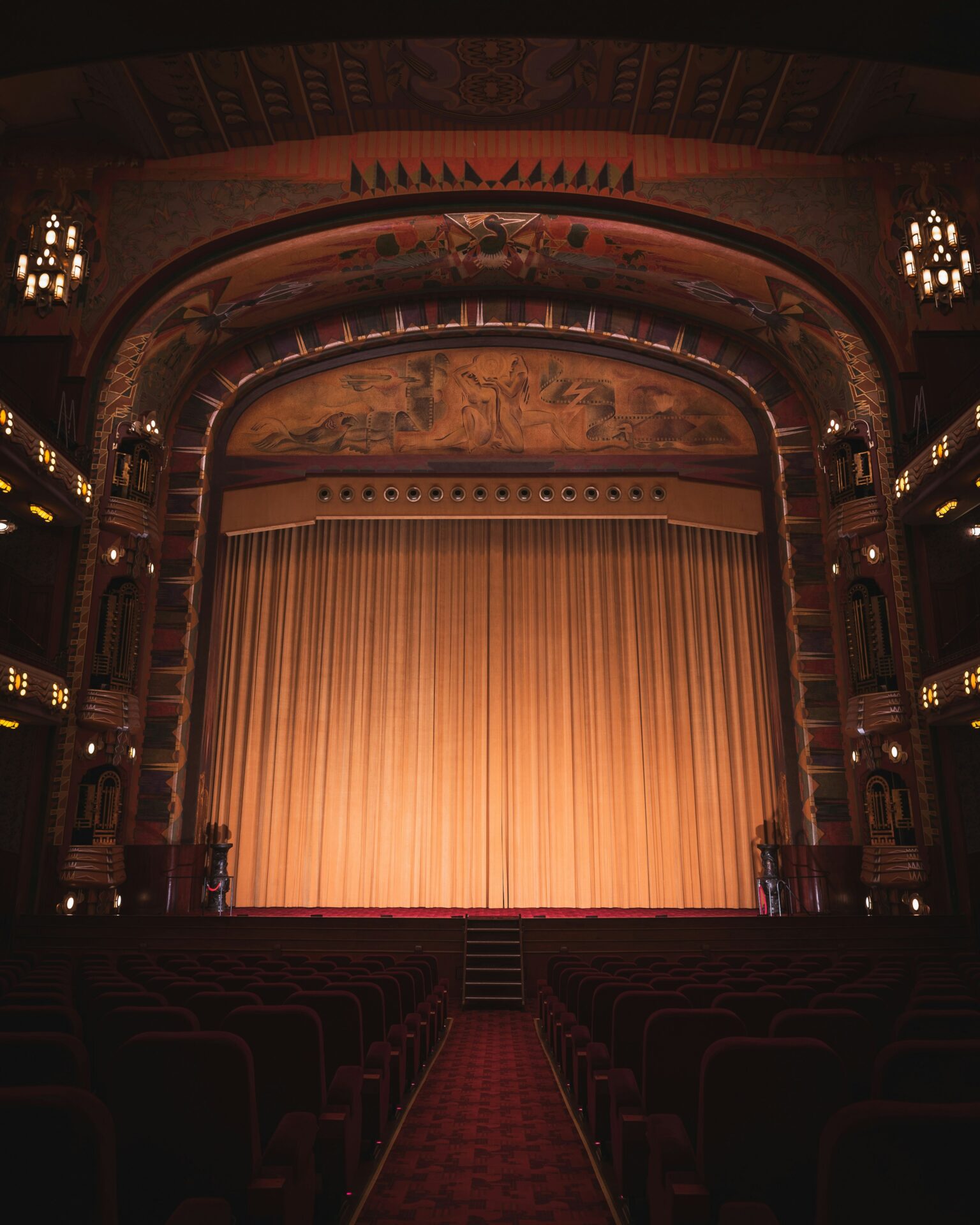
Gallery Visits and Local Artists
Art galleries in Florina aren’t just quiet rooms—they’re creative meeting spots. I spent hours at the Florina Art Gallery downtown, admiring paintings and sculptures from Macedonian and local artists. Some galleries even offer workshops for visitors.
A few artists focus on local themes, like red Florina peppers or wild rivers. I once watched a painter bring to life animals crossing a misty riverbank. Her work felt rooted in both the landscape and the town’s spirit.
Many artists post their work on Instagram or Facebook, so discovering new talent is easy. They’re usually happy to share their inspirations if you ask during a visit. Small art shops sell prints and ceramics, so you can take a piece of Florina home.
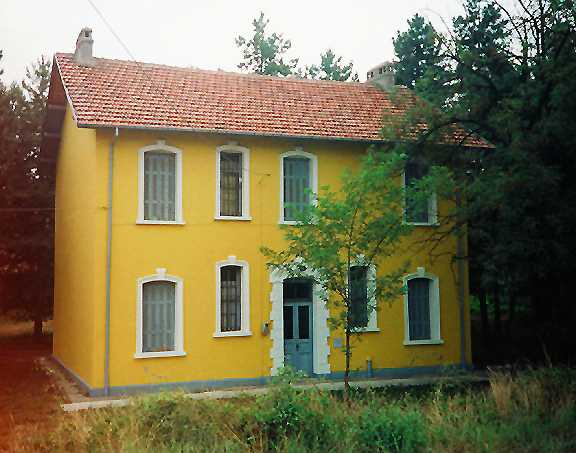
Cultural Organizations and Social Media Influence
Cultural organizations keep Florina’s festivals and art scene thriving. Groups like the Florina Artists Union organize exhibitions, music events, and history talks. They often team up with schools and visitors, making art and history accessible.
Social media plays a big role in spreading the word. I followed local hashtags to catch last-minute festival news and art show openings. Some groups even archive events online, so you can revisit talks and performances from home.
If you’re curious about local culture or want to join a creative gathering, checking Instagram or Facebook pages makes planning simple. Cultural groups use these platforms to connect with people across Macedonia and keep traditions visible in the digital age.
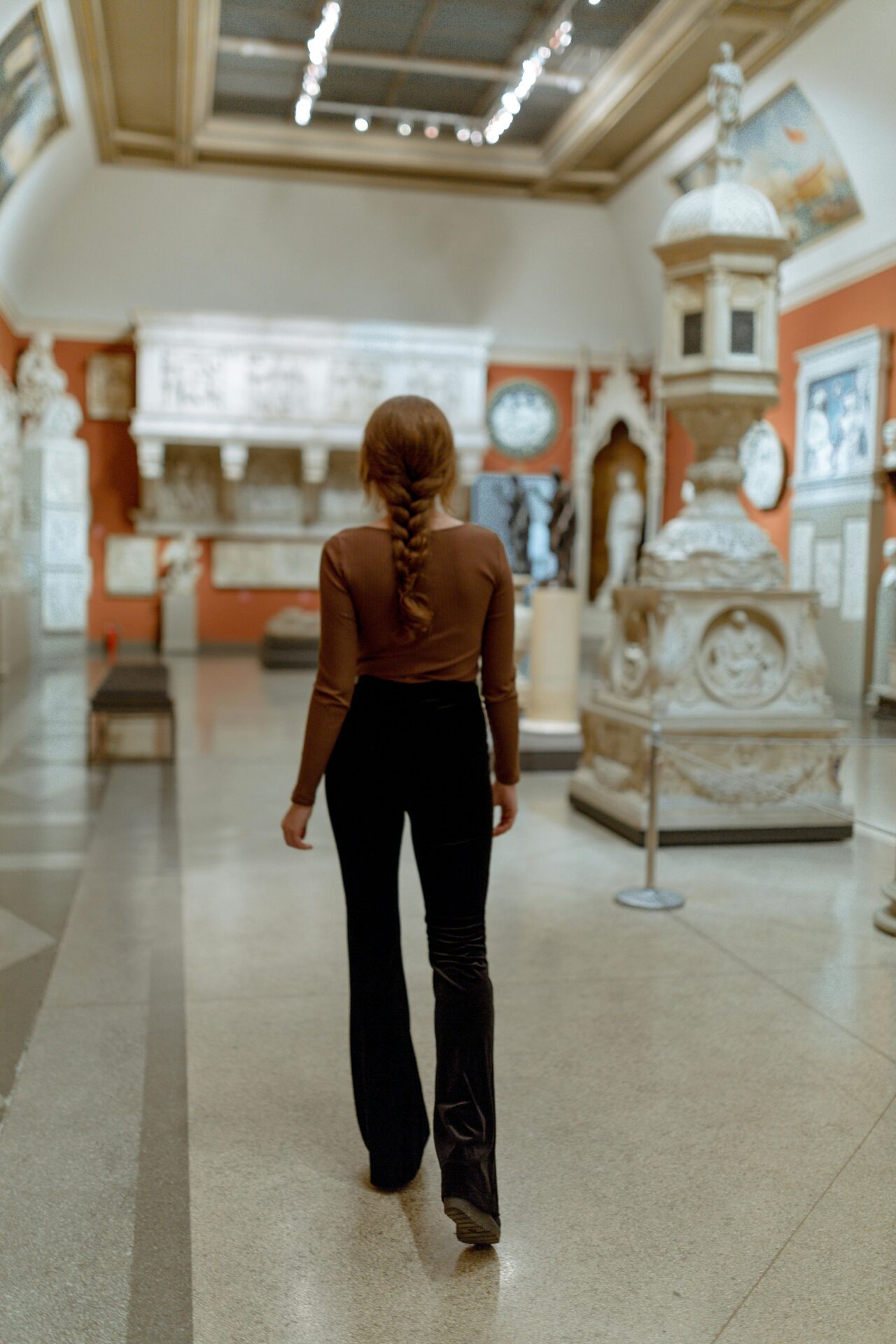
People, Places, and Identity: Personal Encounters
A walk through Florina is more than landscapes and flavors—it’s a journey into the lives and memories of its people. Each street and conversation uncovers stories about the town’s shifting identity, shaped by migration, religion, and its Jewish legacy.
Mingling with Locals, Emigrants, and Peasants
Florina’s morning markets burst with the energy of farmers selling fiery red peppers, which really stand out as a symbol of the region. Locals often greeted me, eager to share stories about their relatives living abroad—Australia, Canada, Germany, you name it.
Families here have roots that stretch across borders. Migration shapes daily life: young people head off for factory work, while older villagers tend to their ancestral fields. Identity feels layered. Some folks still use a dialect from their Macedonian heritage, then switch to Greek when chatting with visiting relatives.
One morning at a riverside café, someone told me about the Macedonian League’s old push for autonomy. That topic still sparks debates in living rooms, apparently. Conversations drift from politics to memories of peasant life—tales about winters before central heating and lively dances in the community square.
Meeting Florinians, I noticed how nationalism and nostalgia blend into a real sense of solidarity.
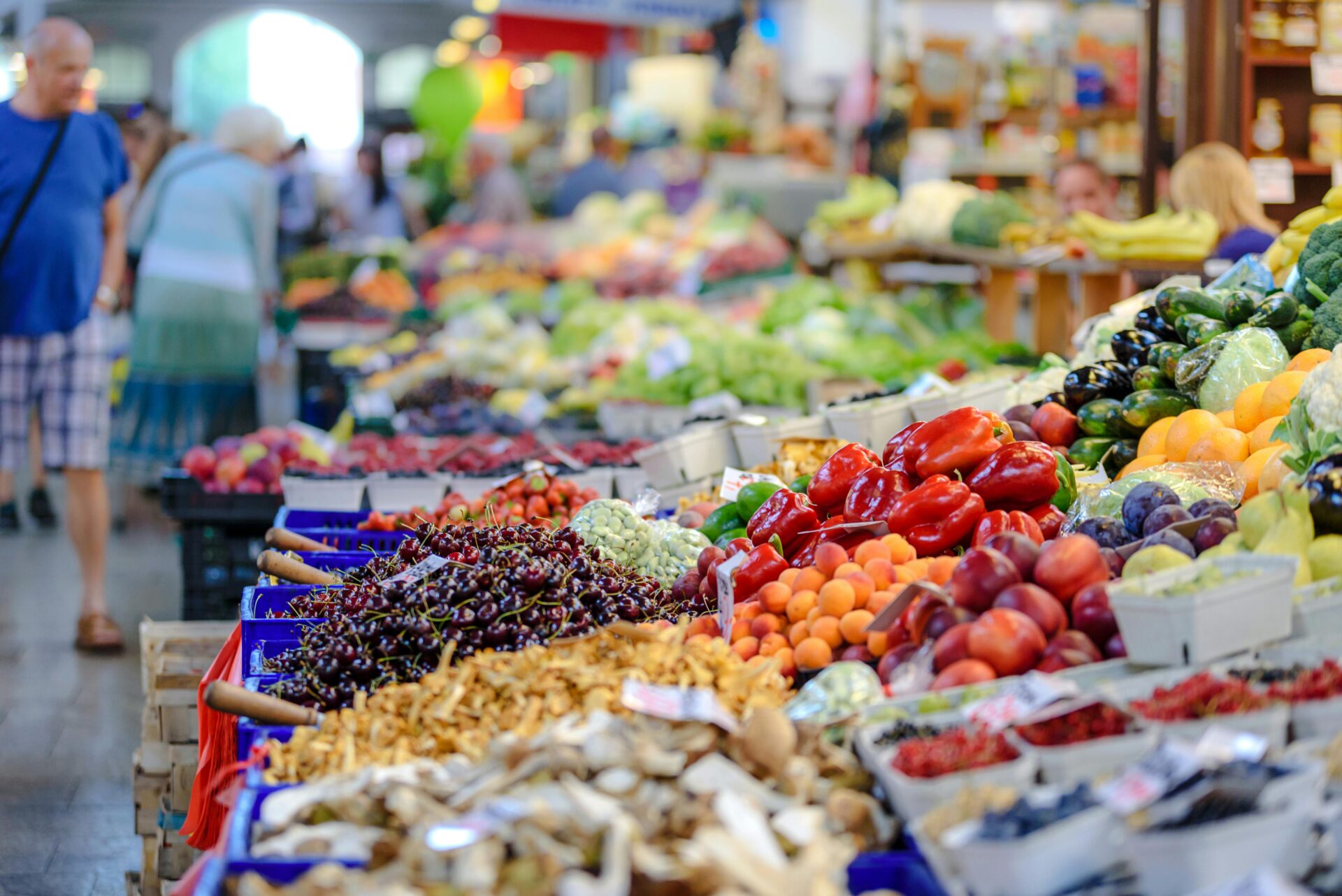
Jewish Heritage, Macedonian Jews, and the Holocaust
I wandered into Florina’s old Jewish district, tucked behind faded storefronts. Before World War II, Jews played a big role in the town’s trade and culture.
The Jewish community, though never huge, helped shape Florina’s special mix of customs. Everything changed during the Holocaust. Almost all Macedonian Jews were sent to concentration camps. Few ever came back.
Standing by the site of the former synagogue, I felt the weight of memory. Local elders told stories of neighbors who vanished and how innocent civilians were forced out, never to return.
Florina’s Jewish heritage lives on in a small memorial and in private family remembrances. Some children grow up hearing the names of lost classmates, keeping that quiet legacy alive in their hearts.

Religion, Nationalism, and Solidarity in Florina
Church bells ring through Florina’s neighborhoods every Sunday. Christianity shapes daily life, marking rituals from christenings to Easter processions.
Faith and national pride often mix together. Town squares still show signs from old struggles over identity—slogans for Greek unity or calls for Macedonian autonomy. Orthodox festivals bring everyone out, filling tables with roasted lamb and homemade bread.
These gatherings turn into moments where differences just seem to fade away. Religion has helped defend local traditions during hard times. Even those who moved abroad or felt pulled by nationalism find comfort in church and community, building bonds that last beyond politics.
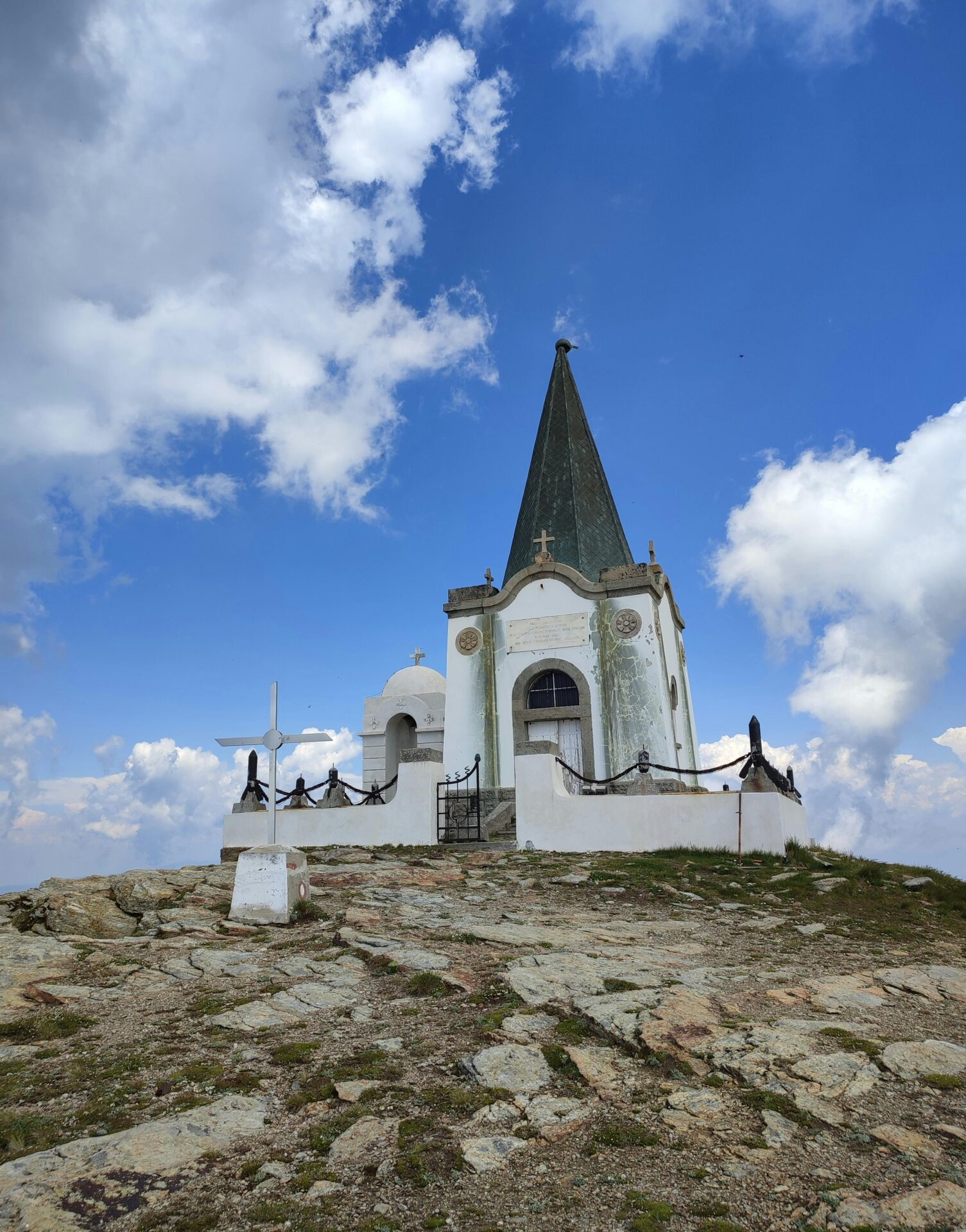
Architectural Charms and Nearby Destinations
Florina’s streets blend architectural heritage with easy access to hidden gems across the border and in the Greek mountains. A single stroll reveals old houses and riverside cafés, while a quick drive leads to lively cities or quiet villages.
Walking Amid Traditional Architecture and Everyday Life
Wandering Florina, I can’t help but notice its mix of neoclassical buildings and traditional Macedonian homes. The river flows gently through town, reflecting pastel facades and arched stone bridges.
I often stop at bakeries and coffee shops tucked inside restored old houses. Greek and Balkan influences jump out—painted shutters, iron balconies, courtyards bursting with flowers.
Some buildings date to the 19th century, once owned by wealthy merchants and families linked to the Greek Patriarchate or Bulgarian Exarchate. The past lingers everywhere—emigrants’ photos on café walls and antique shops stuffed with relics from decades ago.
Florina’s character comes from these layers. Every building seems to whisper a story.
Despite all this history, Florina doesn’t feel like a museum. Life spills outdoors: neighbors chat over morning coffee, and riverside paths fill up with students, artists, and families.
Honestly, I love how art and daily life just blend together here.
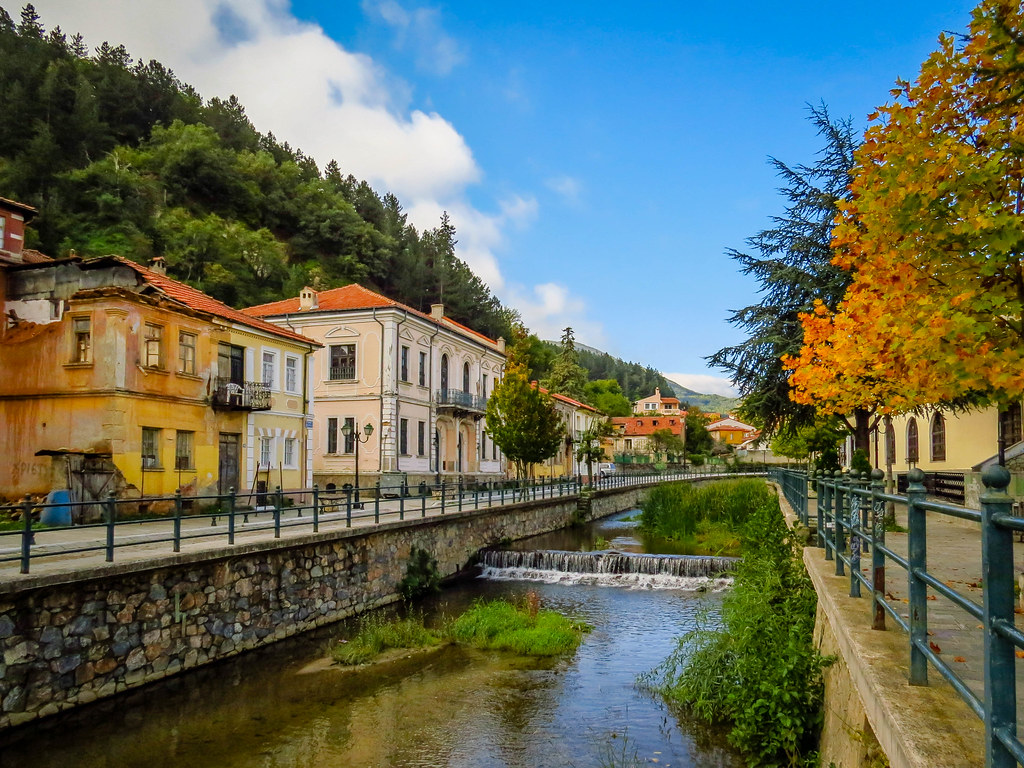
Exploring Bitola, Ohrid, and the Mountain Villages
Just a short drive from Florina, I cross the border into North Macedonia and land in Bitola. The city bursts with Ottoman architecture, lively pedestrian streets, and those cozy cafés I can’t resist.
Širok Sokak, Bitola’s main drag, shows off buildings from the 19th and early 20th centuries. Many have elegant balconies and detailed facades that make you stop and stare.
Ohrid isn’t far away. The town hugs a sparkling lake, and ancient churches and Byzantine-era houses dot the hillsides.
I spent an afternoon wandering stone-paved streets, then took a break by the water’s edge. Both Bitola and Ohrid offer their own small museums, each focused on local history and anthropology.
Back across the border in Greece, the nearby mountain villages—like Nymfaio or the old quarter of Victoria—feel like a different world. Stone manors cluster together, smoke drifts from chimneys, and you’ll still find local women roasting Florina peppers by hand.
Locals told me stories about emigrants who left for America or Australia. Many eventually returned, bringing back photos and little souvenirs.
All of this made me realize how the borderland spirit has shaped the architecture and daily rhythm of life here.

